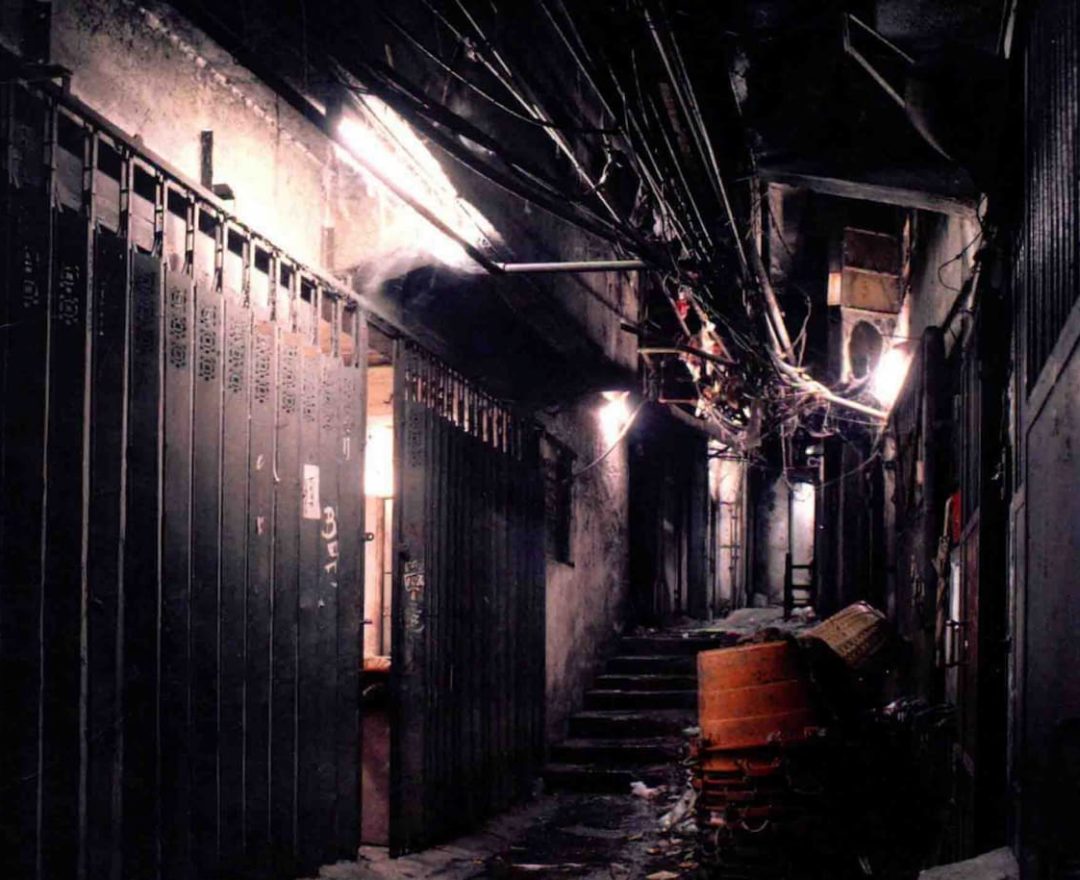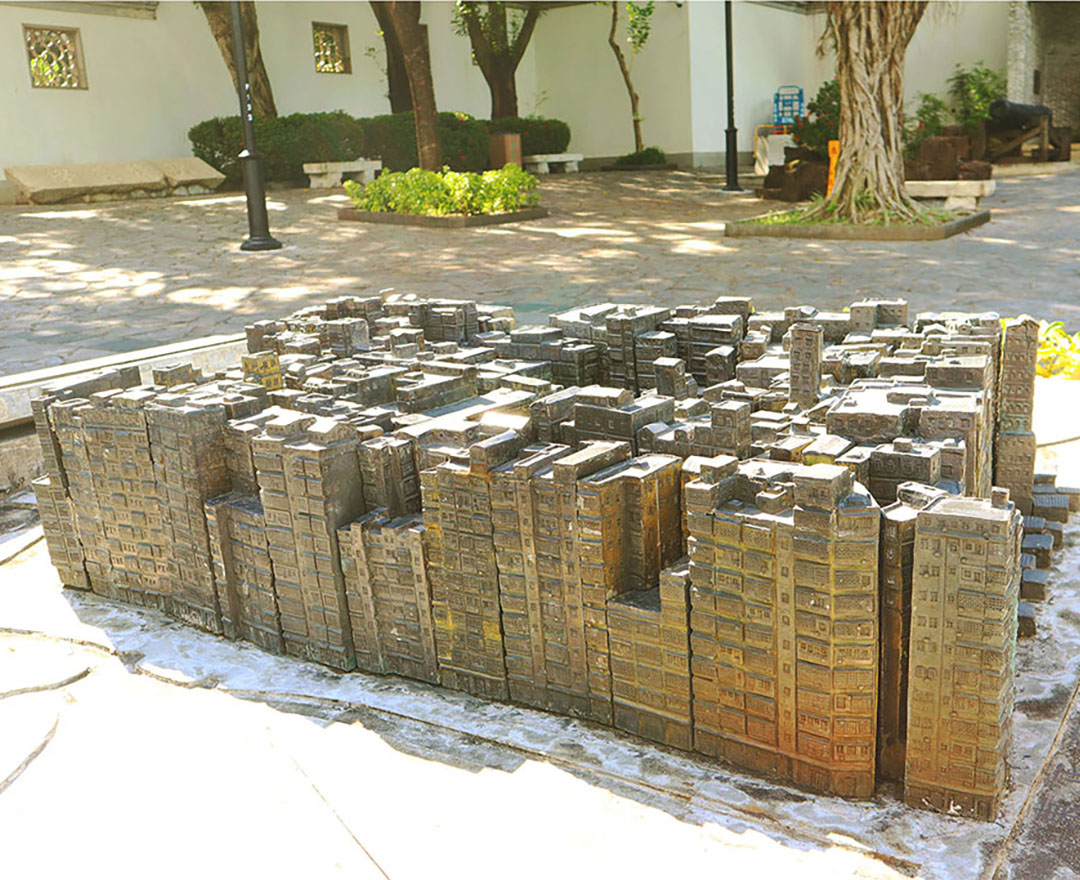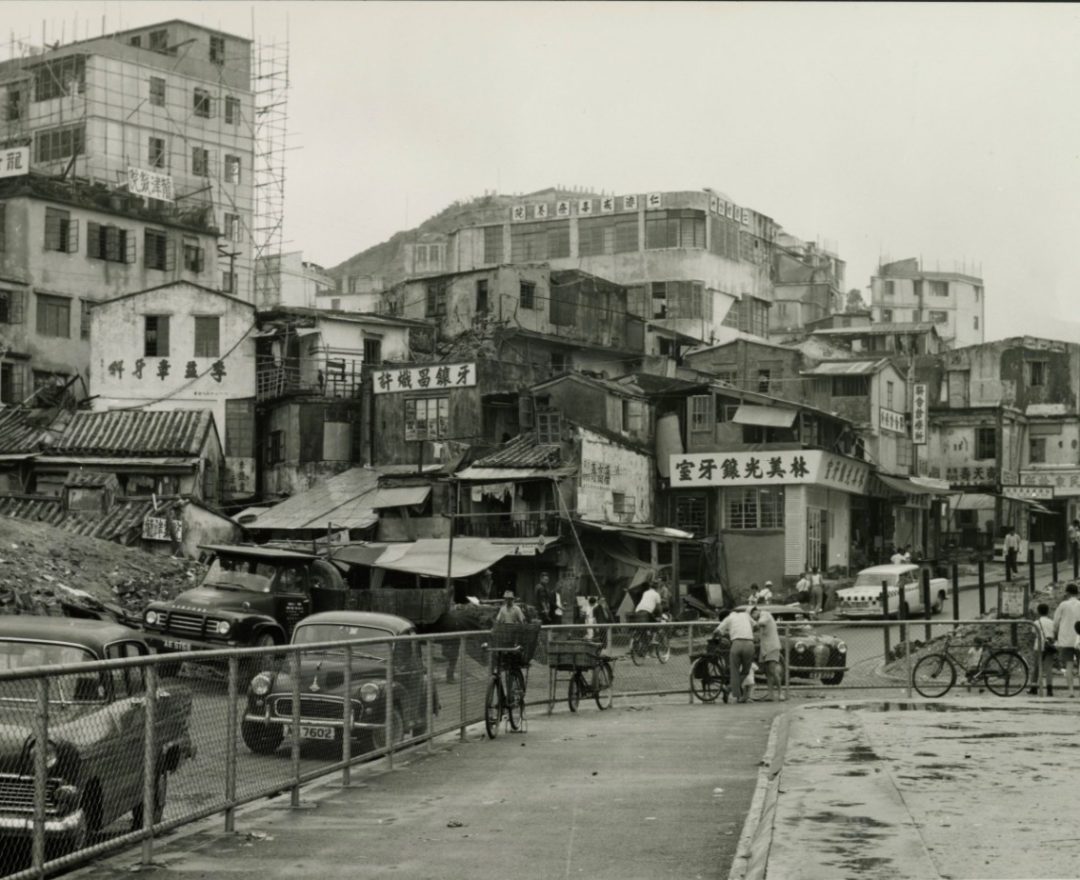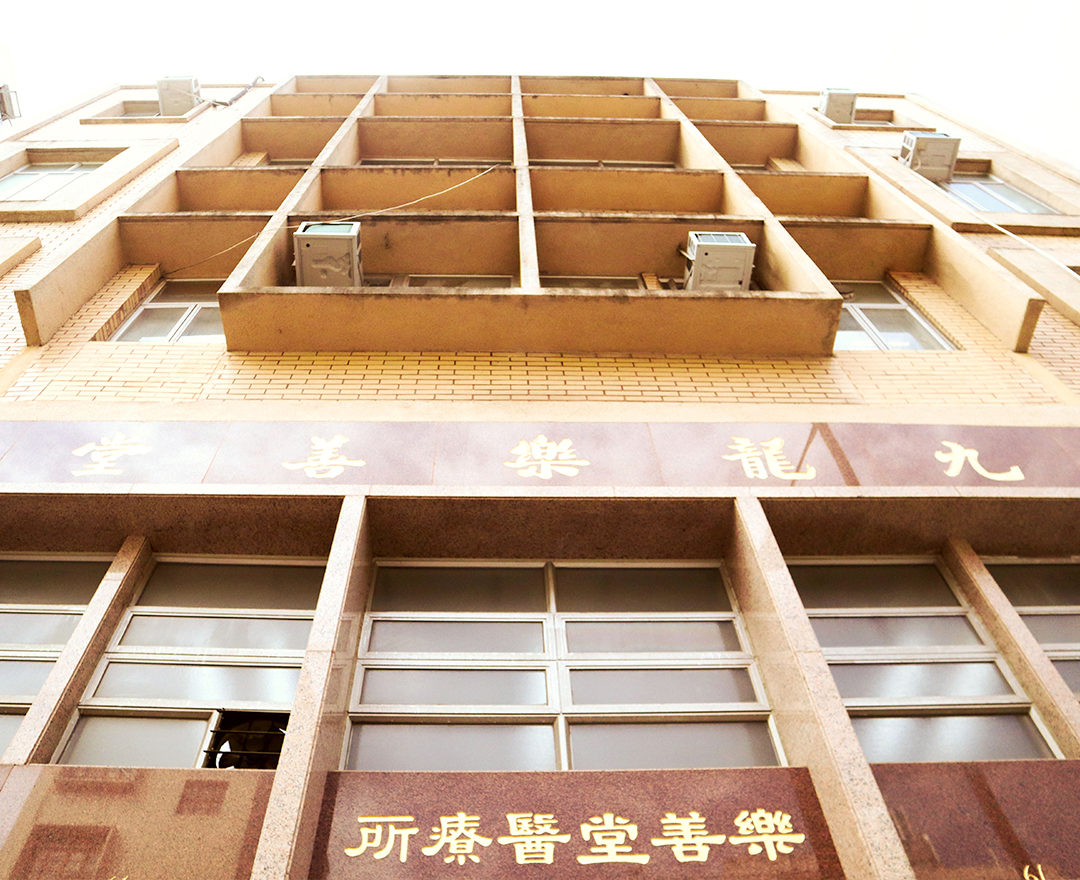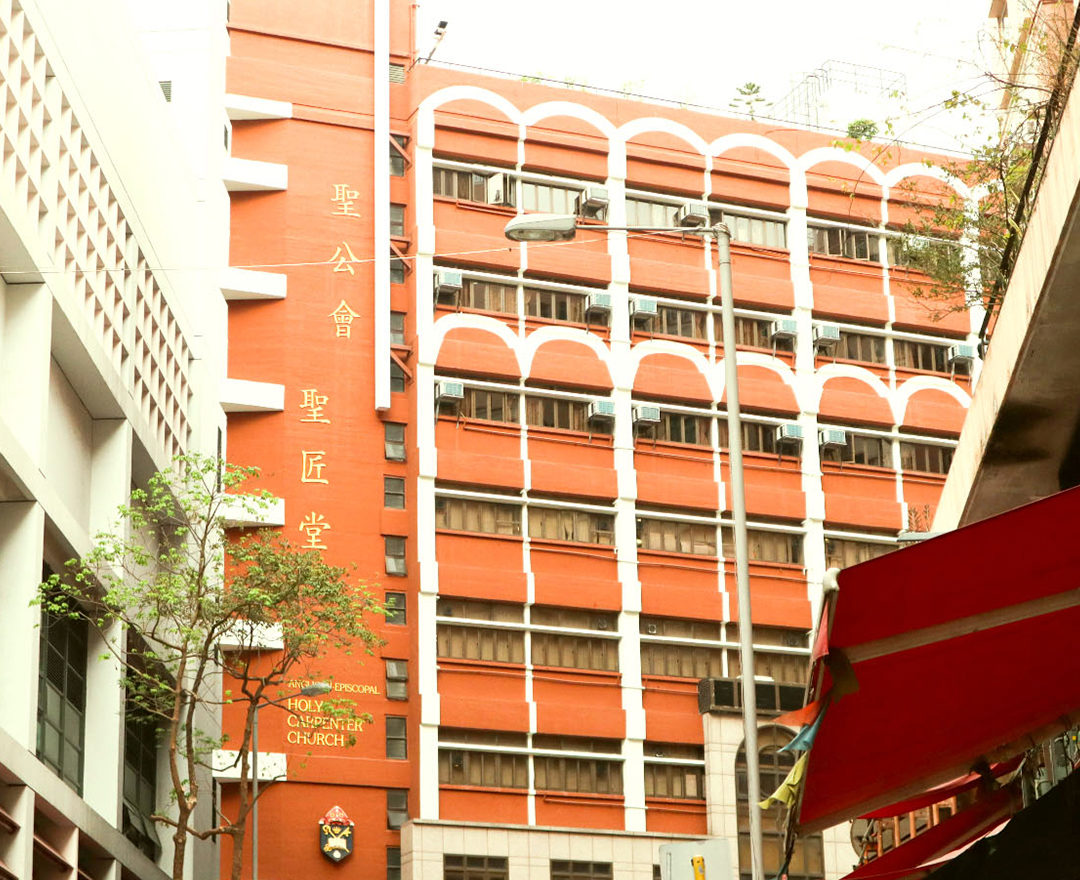Though the Kowloon City Incident ended quickly, it cast a considerable influence over the development of Kowloon Walled City for the following decades. After the incident, despite the deployment of police patrols as a matter of routine, the British colonial government handled the criminals through merely administrative means, such as confiscation of drugs and deportation. They would neither be charged nor sent to court for trial. Most of them were released after spending one to two days in the detention unit. The loose enforcement undoubtedly fuelled crimes in the city.
In the early 1950s, as shown by the police records, there were 154 smoking halls, 7 gambling houses, 15 dog meat shops, 11 brothels and a theatre with a capacity of 300 people which staged striptease every day. In the early days of the striptease bloom, the unscrupulous agents touted tickets near the edge of the walled city. They even set up ticketing booths at the public square “Yung Shue Tau” and Temple Street in Yau Ma Tei and provided free shuttle service. Each show cost $5 and lasted for an hour, available from 5pm to midnight. After the show ended, guests were guided to purchase other services such as gambling, drug use and dog-meat meal.
As a result, more and more people went to the walled city for illegal activities in the name of watching striptease. The perpetrators and triads formed an organised crime syndicate and did all it can to promote their businesses. But was the walled city nothing other than a crime haven? According to the sharing of former residents and those who frequently visited the place, despite the unsanitary conditions, it was a rather safe place to live as serious incidents rarely happened. There was a clear border between the residential neighbourhood and the illegal stronghold. While smoking halls, gambling houses and drug factories mainly occupied the east side, residents stayed out of them on the west side. They also travelled outside the walled city for work and study.
The murder in 1958 changed the colonial government’s passive attitude towards the walled city. It began to conduct limited purges against the illegal activities, including raids on drug factories and dens, and arresting criminals. Though the acts were far from eradicating crimes in the city, the “age of darkness” had come to an end. What followed were problems regarding people’s livelihood and public hygiene.
